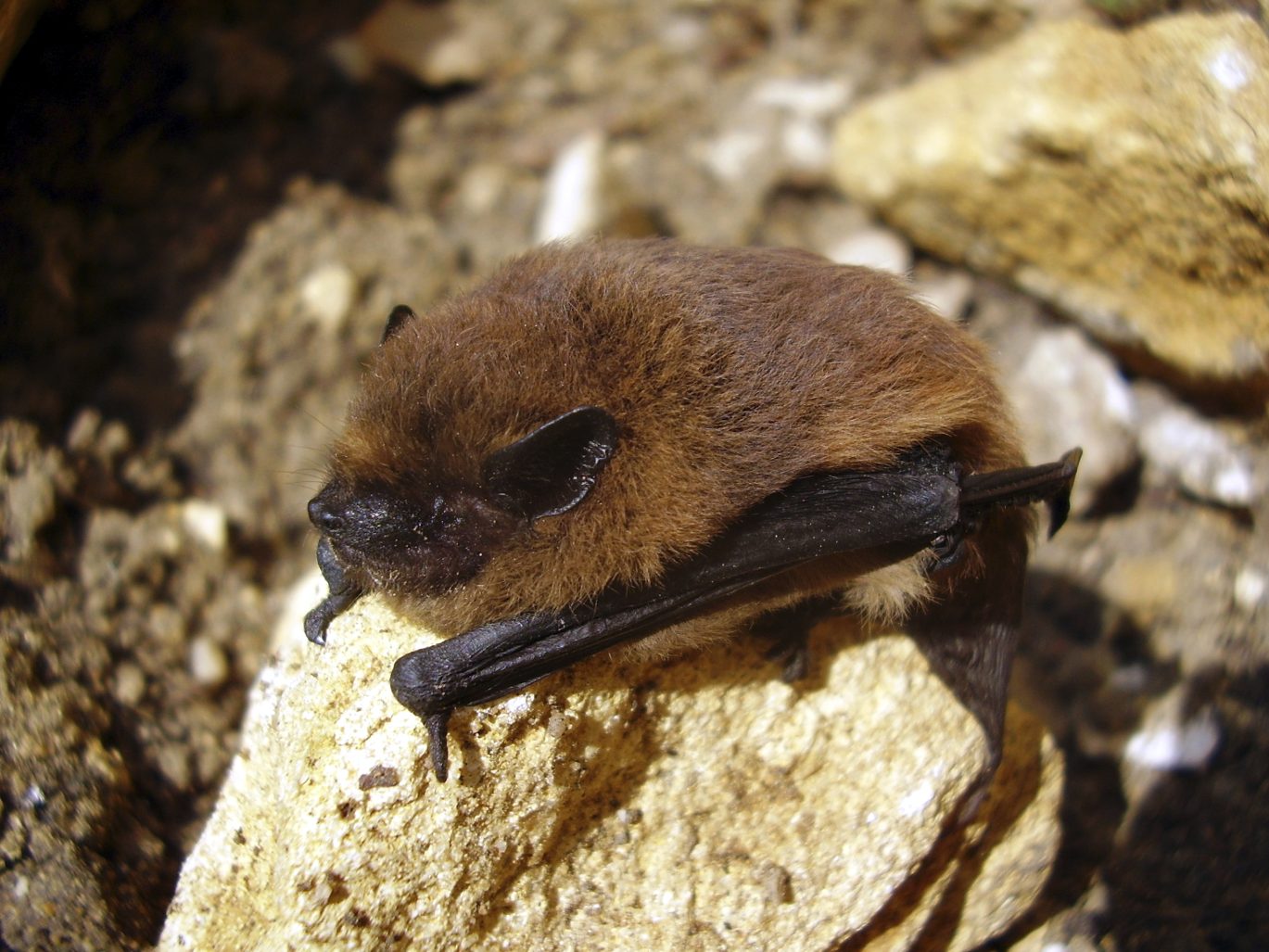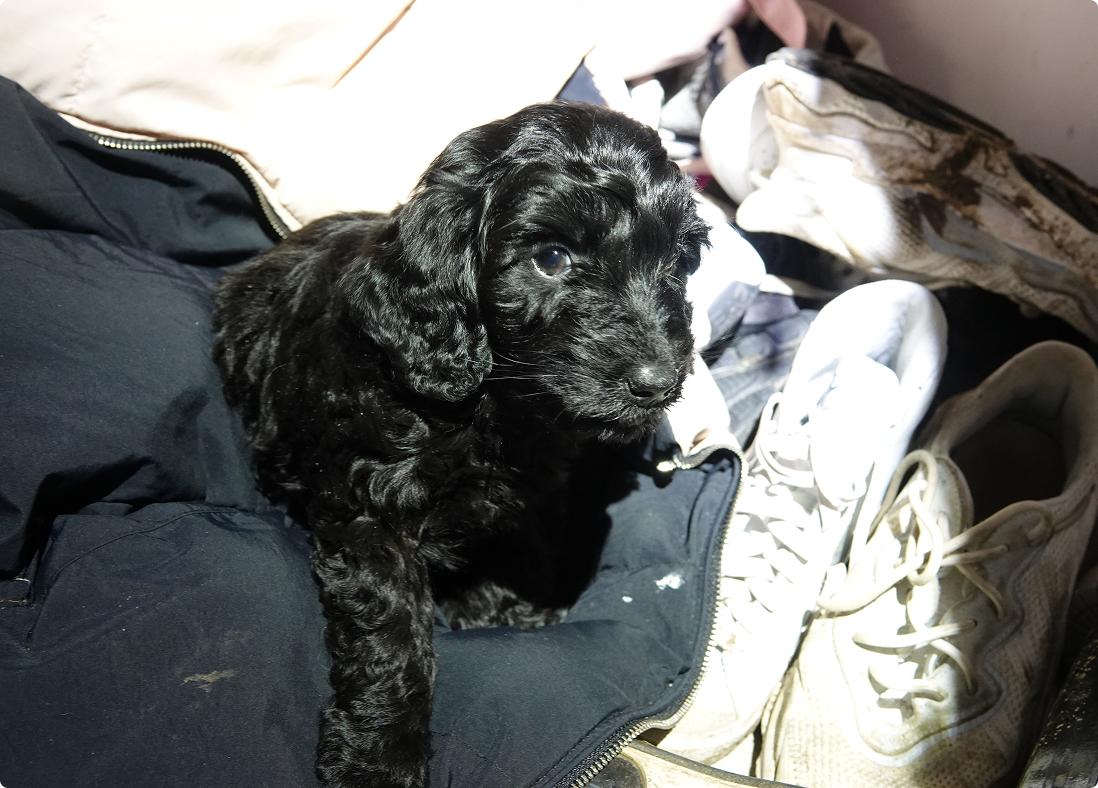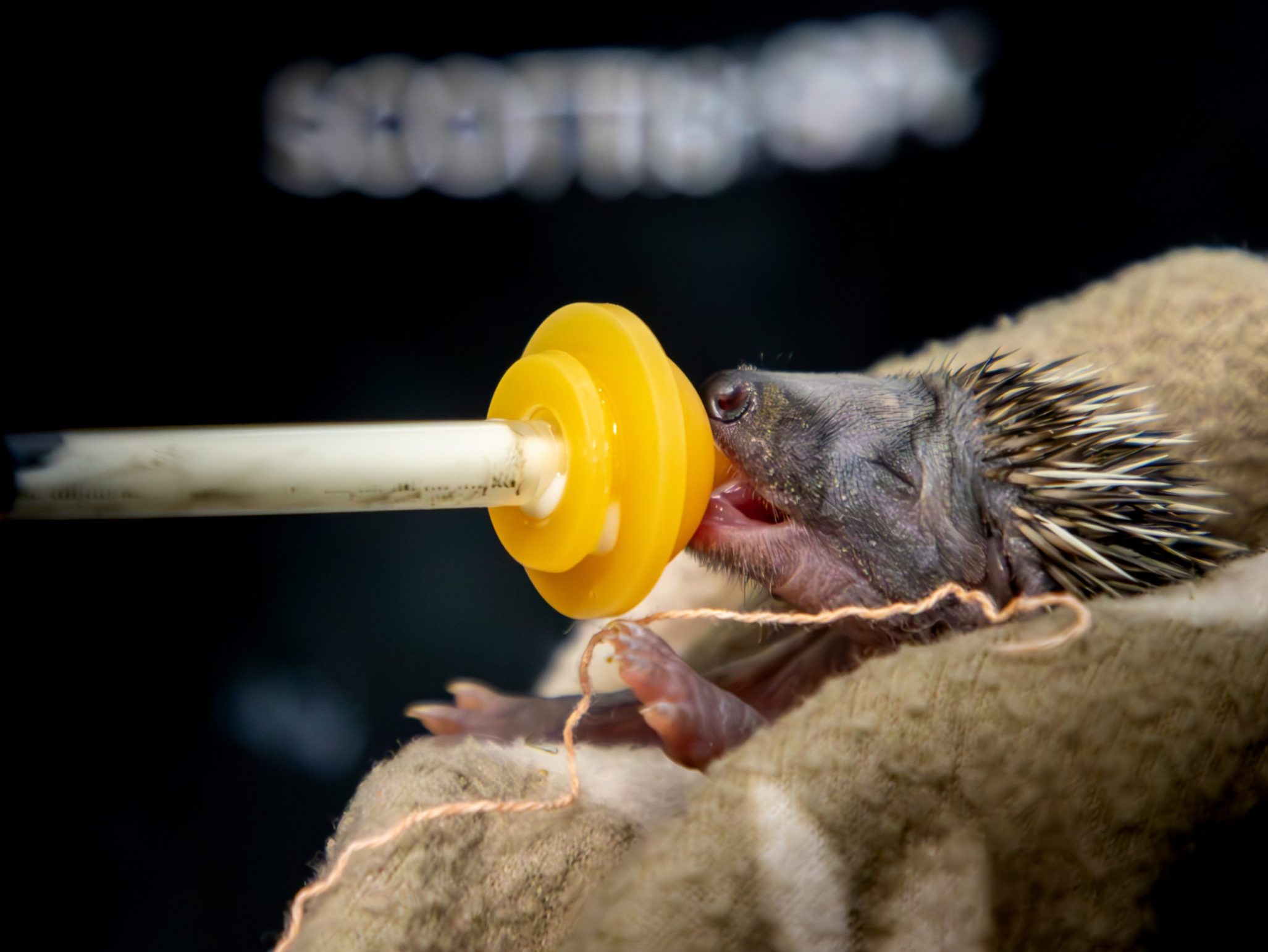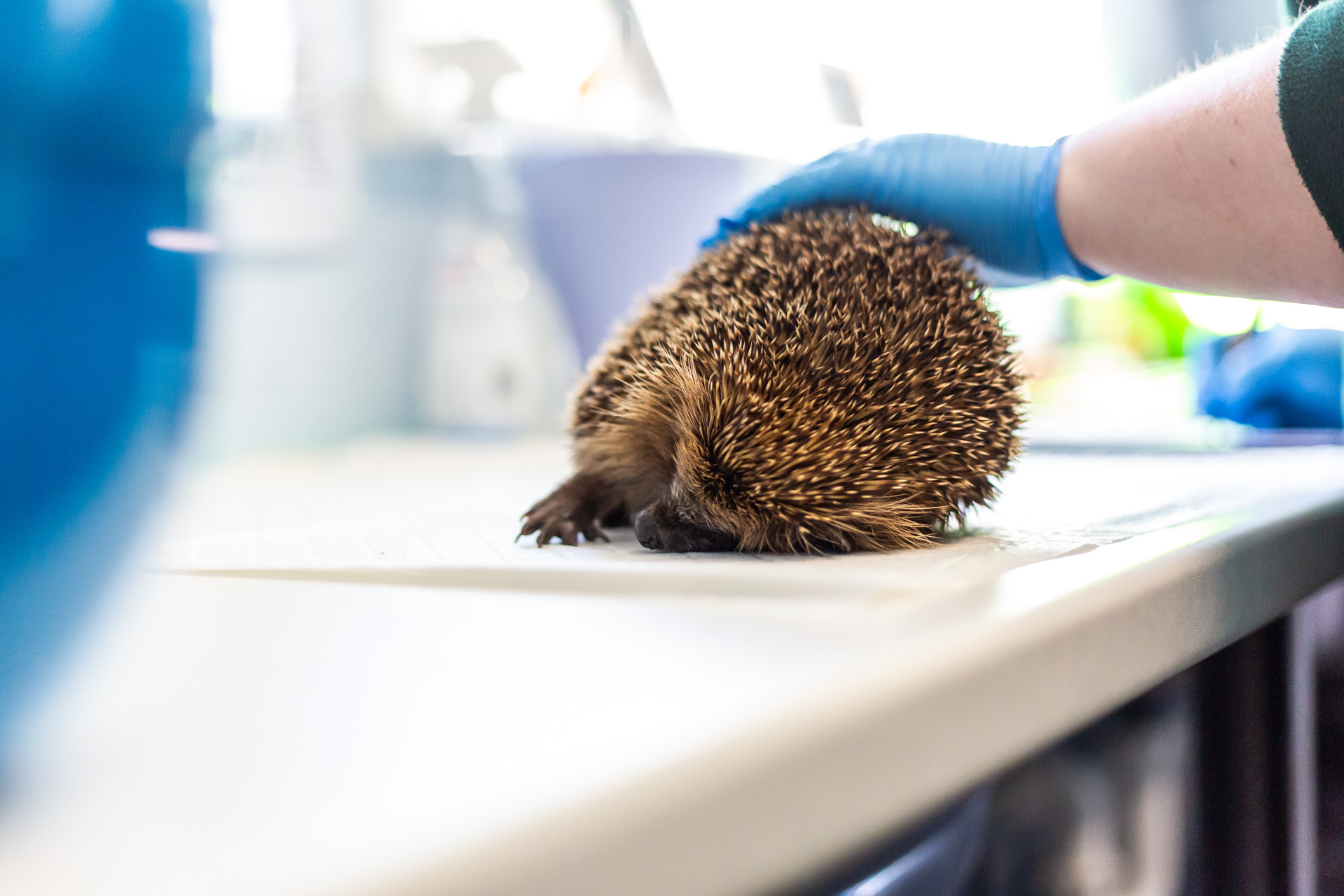
Bat
A guide to bats: behaviour, roosting, echolocation, and common challenges
For years, scientists have been trying to establish whether there are nine or ten species of bat in Scotland. There is evidence of common pipistrelles, soprano pipistrelles, Daubenton’s bats, brown long-eared bats (nicknamed the whispering bat), Natterer’s bats, whiskered bats, Leisler’s bats, Nathusius’ pipistrelles and the Noctule bat living in Scotland but further research into the Brandt’s bat could take the list up to ten.
Brandt’s bats take up residence South of the border and may well be living in Scotland too. However, they look almost identical to whiskered bats and have a very similar echolocation call, so it’s easy to confuse the two species. It’s likely that any Brandt’s bats living in Scotland may have been mistaken for whiskered bats, and therefore, not recorded appropriately.
We still know so little about some of our bat species in Scotland that there is always the possibility that an incidental record of an injured bat could confirm the presence of the species.
Protecting bats
Bats are a protected species after suffering a devastating decline in numbers during the 20th century. This was due to the destruction of woodland where some species like to roost. The increased use of insecticide also had an impact on the availability of food for bats.
It is now illegal to deliberately or recklessly kill, injure, disturb, harass or capture a bat. It’s also an offence to damage or destroy a roost or obstruct a bat’s access to their roost.
Bats in your home
Most of the time, a bat which has found their way into your home, garage or shed will be able to get back out again of their own accord. If you can, you can help by removing any obstacles that could cause injury and leave them alone.
If there’s a bat trapped in your house or attic and they can’t find their own way out, you can try creating a single pathway to the nearest exit. Leave one door or window open and block off all other exits. If they haven’t left after a few hours, contact your local bat group for further advice and assistance.
If you have bats roosting in your attic or an outbuilding, it is an offence to deliberately damage or destroy a bat roost even if bats are not occupying the roost at the time.
That’s wild!
Did you know some bat species can eat up to half their body weight in insects in a single night? They are nature’s tiny pest controllers, helping to keep our gardens and crops healthy.
Where bats live
While bats can be found throughout Scotland, they are more commonly spotted in the south of the country, preferring the slightly warmer climate. There are generally fewer species the further north and west you travel.
All species in Scotland hibernate over winter so you are far more likely to see them during the summer months.
Many bat species are native to woodlands, but they are adept, intelligent creatures who will roost in buildings, tree holes and even underground places like tunnels and caves. They tend to return to the same roosting sites year after year.
Adult females gather in maternity roosts in early summer in preparation for the breeding season whereas adult males prefer to live alone or in small colonies in cooler sites. In late summer, males set up territories around a mating roost so they can attract females.
What bats eat
All bats have very big appetites, because flying uses up lots of energy. Whilst all bats found in Scotland eat invertebrates, their favourite type will vary depending on the species, for instance Leisler’s bats enjoy the staple diet of flies whereas Natterer’s bats prefer moths and spiders.
Each species will have their own unique way of catching their meals too. Most insects are caught and eaten in mid-air, though bats sometimes find it easier to hang upside down to eat larger prey. Some bats use echolocation to navigate and hunt, while others rely on smell and vision to find food.
Contrary to what horror fiction would have you believe, bats won’t actually drink your blood, at least not in Scotland! There are only three species of vampire bats in the world and they’re all found in South America. Luckily, they rarely bite humans, lapping up the blood of animals instead.
How echolocation works
Despite the well known idiom, bats are not actually blind. However, in the dark they rely on their ears more than their eyes to catch their prey. As they fly, they cry out. The sound bounces off obstacles in their path and returns to them as an echo, allowing them to calculate the size and shape of an insect, how far away it is and which way it is going.
When baby bats are born
Bats mate during the autumn and sometimes into winter depending on the weather conditions. Incredibly, the females can store the male’s sperm during their winter hibernation and delay pregnancy until the weather gets warmer in spring.
Pregnant females gather together in maternity roosts in preparation for giving birth. Pregnancy lasts between six and nine weeks depending on the species and can be influenced by weather, climate and availability of an adequate food supply.
Mother bats typically have one baby each year, called a pup. The female is very nurturing, keeping her pup close to her whilst they suckle for four to five weeks. After this, they are strong enough to fly and start to venture out from the roost to hunt for themselves.
Bats are very sensitive to disturbance during the maternity season and may abandon their young if they are disturbed. If you find a bat roosting site, maintain a distance and keep any dogs on leads.
Common problems bats face
Sick or injured bats
The most common reasons bats come into our care include damage to their wings, including tears, and being injured by other animals, for instance being caught by a domestic cat.
A bat is likely to need our help if they:
- Have an obvious injury.
- Are on the ground.
- Are out during the day.
- Are struggling or unable to fly.
- Have been caught and injured by another animal.
- Are lethargic, moving slowly or not moving at all but still alive.
Pups away from their roost, or bats out in poor weather conditions, or in winter months (November to February) are also likely to be in need of our help.
Please place a box with a tea towel inside it over the bat and call our helpline on 03000 999 999 for assistance. Do not touch the bat. Do not try to contain a bat whilst it is in flight as this can cause serious injury and stress.
It’s highly unlikely that a bat will bite you but if you are bitten, seek medical advice immediately.
Population decline
Bats are a protected species after a big drop in their numbers during the 1900s. A reduction in woodland has impacted available roosting sites, whilst the growing use of pesticides has made it more challenging to find food. Thankfully, the legal protections introduced have helped to slow their decline.
Bats on the side of a building
If you see a bat clinging to the side of a building or a vertical wall, it’s likely that they are resting and don’t need our help. If there are no obvious signs of injury, monitor the bat and check if they have flown off the following morning.
Bats discovered during building works
Stop all work immediately and contact NatureScot for further guidance.
In the UK, all bat species and their roosts are legally protected, by both domestic and international legislation.
You may be committing a criminal offence if you intentionally or recklessly disturb a bat in their roost, deliberately disturb a group of bats or damage/destroy a place used by bats for breeding or resting (roosts) even if bats are not occupying the roost at the time.

Puppies across Scotland need your help
Please consider giving a monthly donation today. Give Scotland’s animals the gift of safety this winter and beyond. The criminals involved in the low-welfare puppy trade never stop. And with your help, neither will we. Every £1 matters to puppies like Winnie.


